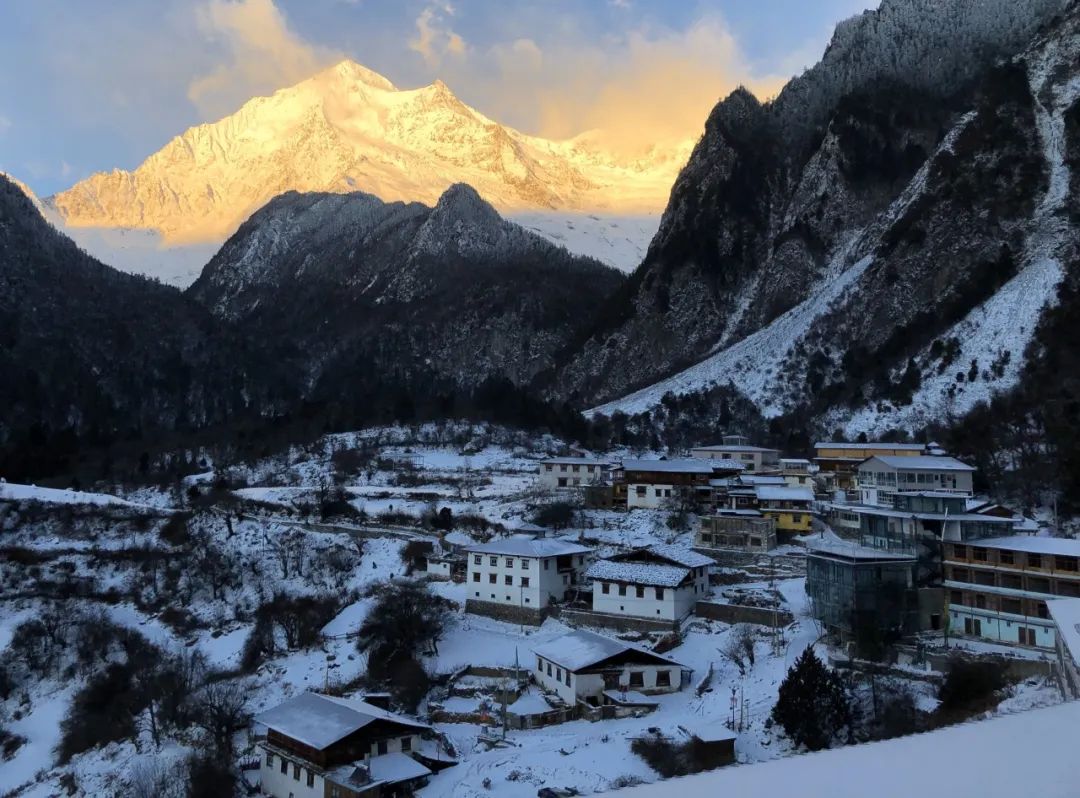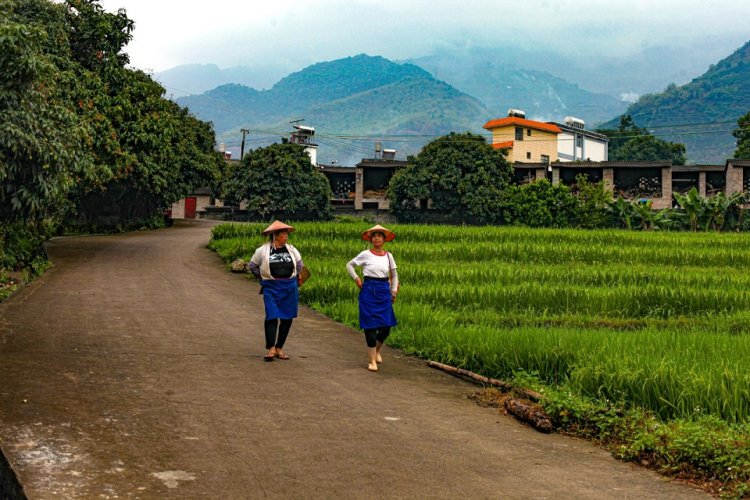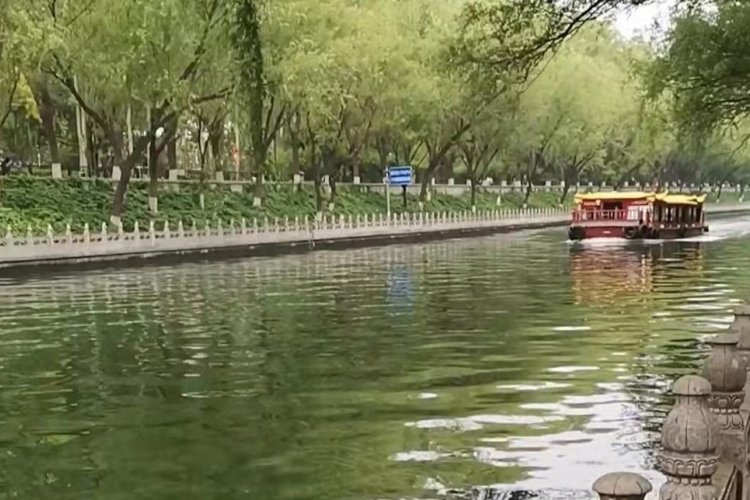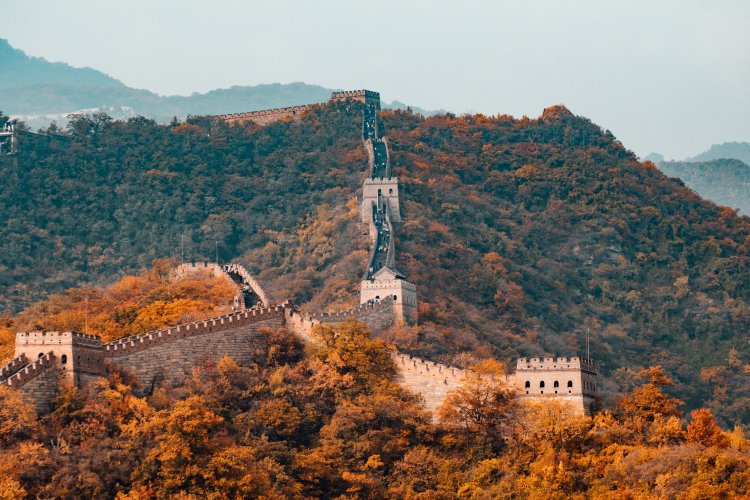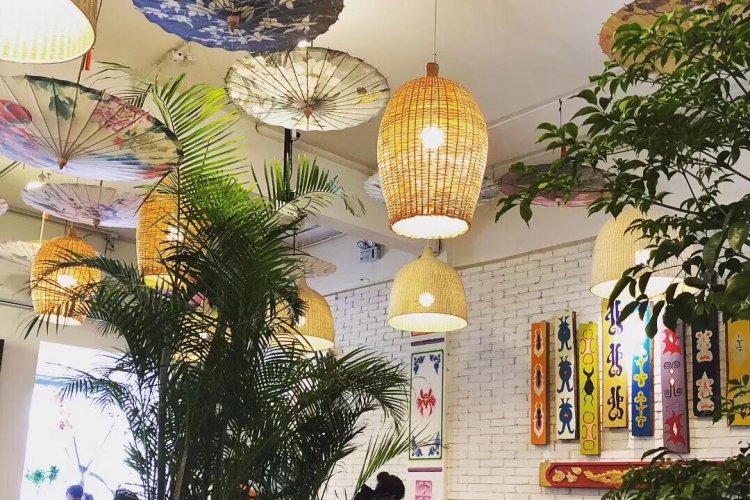Why You Should Escape the Urban Jungle to Shangri-La
At over 3,000 meters, you might at first feel lightheaded when arriving in Shangri-la. The sensation could be altitude sickness but also the thrill of reaching Tibet’s doorstep.
Shangri-la (香格里拉) is the principal town of Diqing Tibetan Autonomous Prefecture in northwest Yunnan. It’s named after the Himalayan paradise of James Hilton’s novel Lost Horizon. Although today’s frontier town hardly resembles its mythical namesake, it’s worth a brief stay to acclimate and plan excursions in the surrounding mountains.
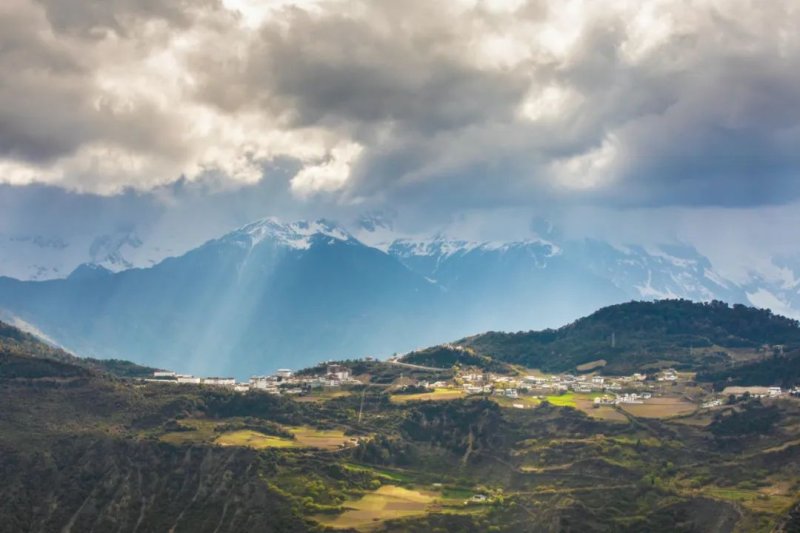
The proximity to Tibet is palpable. A significant minority of the locals are ethnic Tibetans and Buddhist faithful prostrate themselves before the town’s religious sites. The Ganden Sumtseling Monastery at the town’s edge is often described as a miniature of Lhasa’s Potala Palace.
Shangri-la is the final stop for many travelers to northwest Yunnan but beyond the town lies an astonishing array of peaks, glaciers and canyons that stretch far into Tibet and Sichuan. It’s within this southernmost extension of the Himalayas, known as the Hengduan Mountains, where more Shangri-las can be found.
Meili Snow Mountain & Yubeng
A four hour drive north of Shangri-la is Meili Snow Mountain (梅里雪山), an imposing wall of icy peaks guarding the border to Tibet. At over 6,700m, Meili is the highest mountain in Yunnan. The classic trip to Meili involves first staying the night near Feilaisi Temple (飞来寺), which offers the chance of a breathtaking sunrise. Lodging is also available in the nearby town of Deqen (德钦).
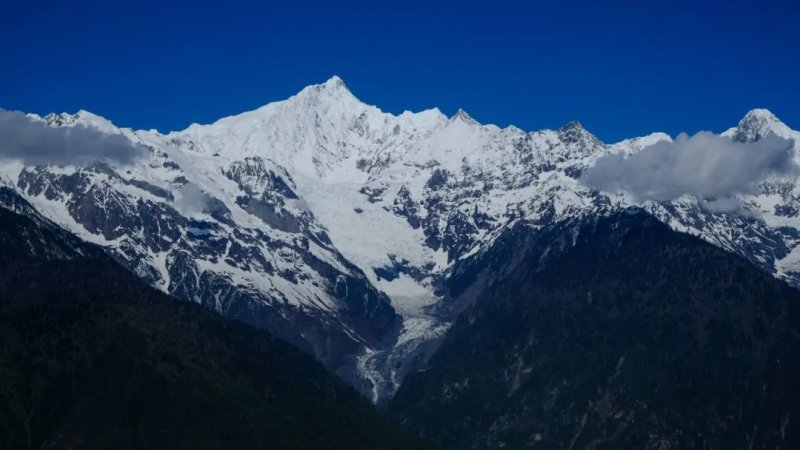
Meili’s sacred main peak, Kawagebo, twists eerily at its summit and is hooded in a massive ice sheet. The mountain lives up to its foreboding appearance. In the 1990s a team of Chinese and Japanese mountaineers perished attempting to summit the peak. Climbing Meili has since been forbidden. Tibetans do not climb Kawagebo or other sacred Meili peaks out of respect. Instead many will circle the range in a weeks-long procession.
One stop on this pilgrimage is the alpine village of Yubeng (雨崩) nestled in the southern portion of the Meili massif. Getting to Yubeng requires a trip to the hot spring village of Xidang (西当), which lies across a deep gorge between the Meili foothills and Feilaisi. From Xidang, the hike to Yubeng is several hours over a ridge into Ninong Valley. The route is also served by SUVs, though rides are expensive.
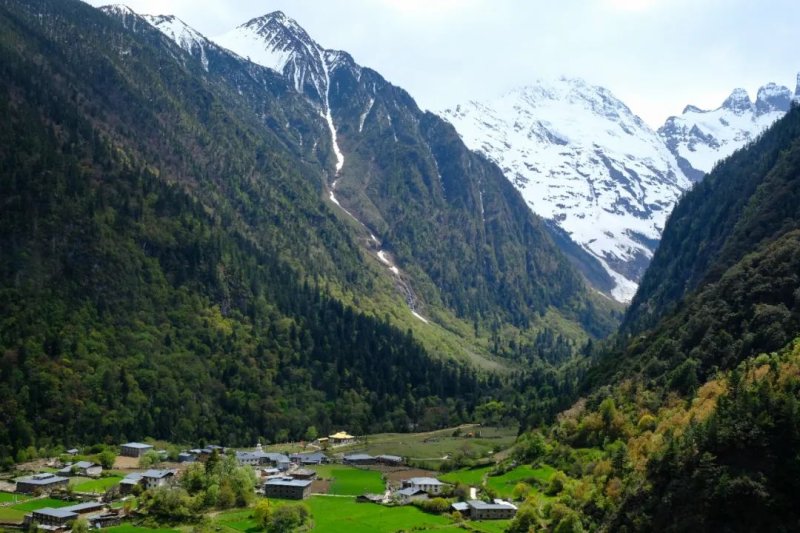
Yubeng has long been a hikers' mecca. Several years ago, it was only accessible on foot. Now with road access, it still draws adventurous visitors with its dramatic scenery and old-growth forests.
On my last visit in January 2022, the area was a frozen wonderland. It was also dangerous in some places, with the trails often obscured and avalanches frequent. My my friend Imran and I were dusted by two cascades on our hike to the Sacred Waterfall (神瀑). A couple days earlier a team of trekkers on their way to the falls had been partially buried.

Another popular day hike from Yubeng is to a glacial lake in the direction of Kawagebo. I have never reached the lake. On my first try in spring 2020, I took a wrong turn and ended up walking along an esker towards the mountain face. On another attempt in winter 2022, my companion and I were deterred by meter-deep snow and poor visibility.
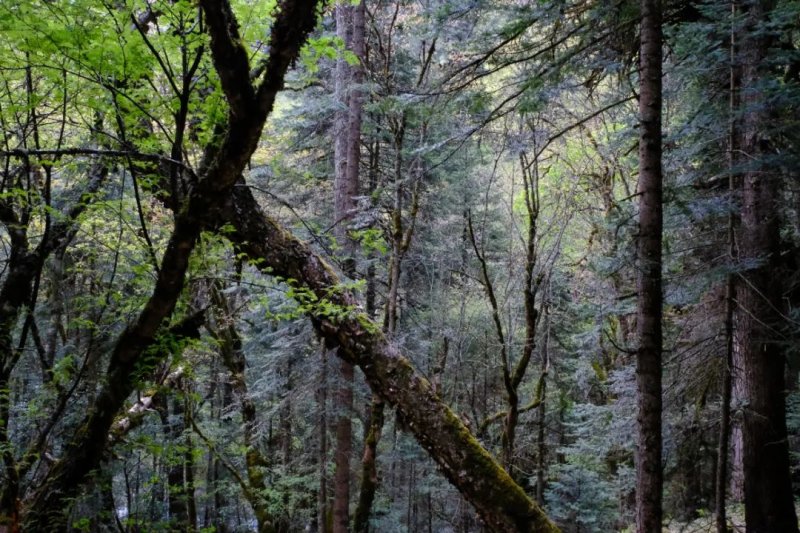
For those not content with these two treks, a 19km walk from Yubeng down to Ninong (尼农) village is a dramatic tour through several climatic zones. The final stretch runs along steep sunbaked cliffs cut by the Yubeng River as it rushes to join the Lancang River, a main tributary of the Mekong. From Ninong it is possible to catch a bus to Deqen.
While Yubeng village has become an established tourist destination, its environment remains largely intact. Neon-green trees beard—a sign of pure air—hangs from the pines. There are also wild animals, including gregarious squirrels, flocks of ptarmigan and endangered red pandas.
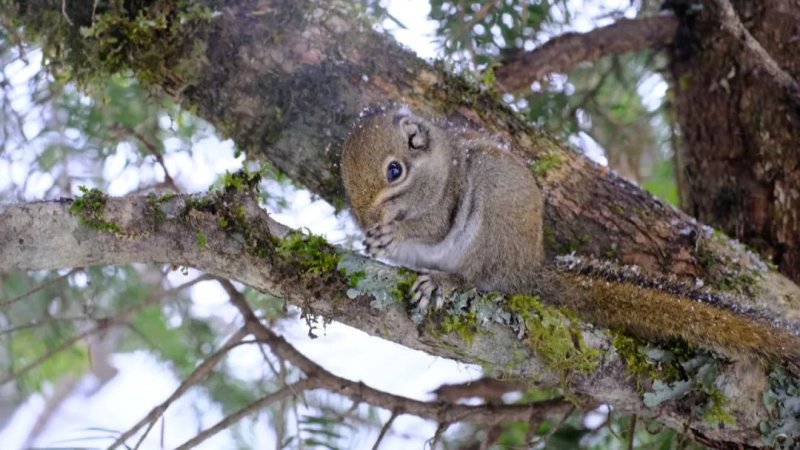
Pudacuo National Park & Niru
Less well-known than Yubeng is Niru (尼汝), a Tibetan village located northeast of Shangri-la in Pudacuo National Park (普达措国家公园).

In the lush canyon leading to Niru, my driver remarked he had never seen anything so alluring. I could quickly see why a guesthouse owner in Shangri-la told me that “Niru is a place of gods and spirits”.
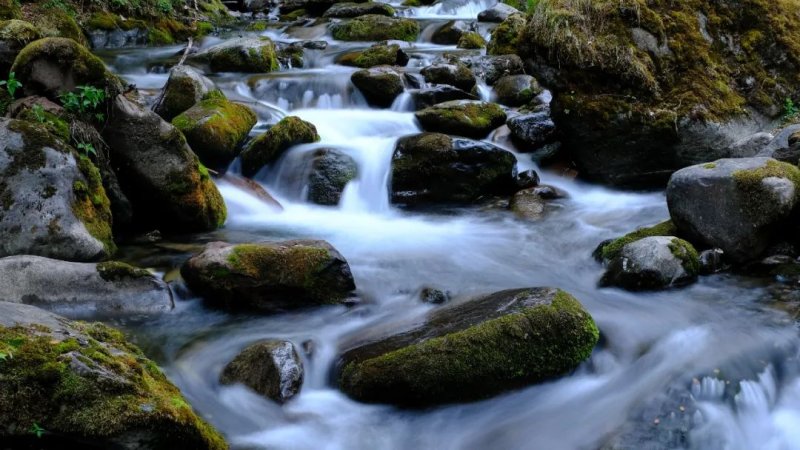
My first hike from the village took me about 12km up to Napo Pasture. The well-signed paths led through a variety of habitats, from temperate mixed forest to upland moors. Crossing the pasture, I was under the gaze of dozens of yaks, whose herders chuckled when the creatures snorted and leapt out of my way. The herders were the only people I met on the trail. I was impressed by their fitness to regularly trek up to the pasture.
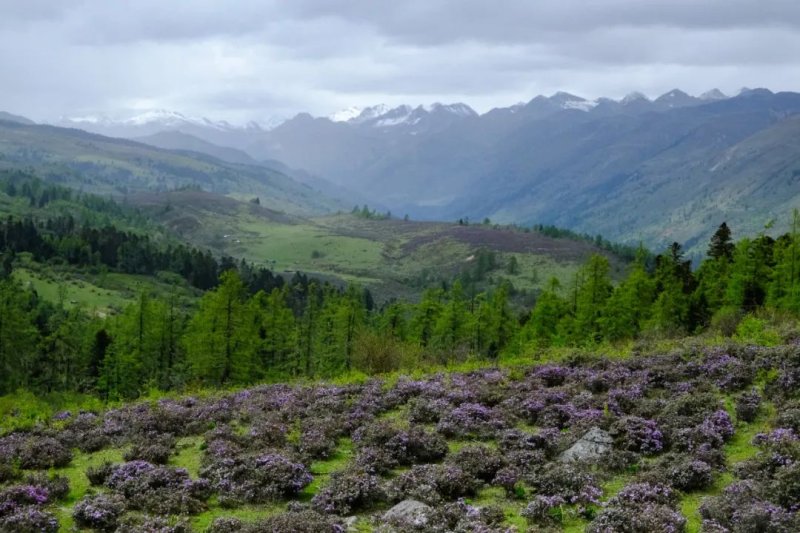
Another day I hiked in the forests above a canyon northeast of the village and descended to the Niru River. A newly constructed boardwalk brought me along the base of the canyon. At certain points the chasm was so narrow I could barely see the sky. Eventually I reached the Seven Color Waterfall (七彩瀑布), where hundreds of streams wash over radiant hues of moss.
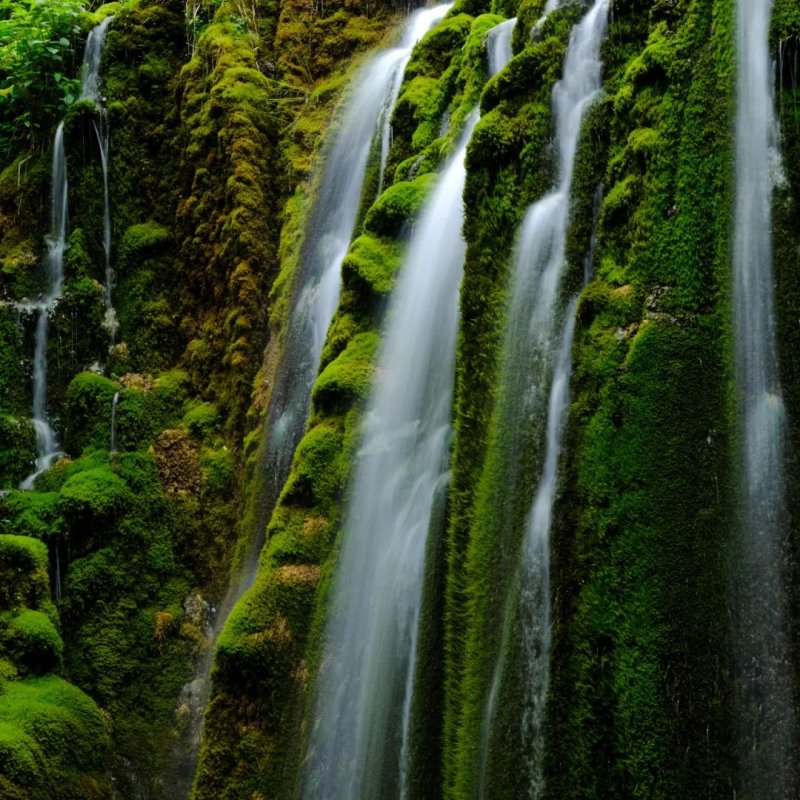
My last day in Niru I took a trail out of the valley to Shudu Lake (属都湖) at the western end of Pudacuo National Park. My host at the B&B told me it was the old trail to Shangri-la town. The hike took a day at a leisurely pace and brought me through temperate forest and stands of red birch. After crossing an immense pasture I descended to Shudu Lake, where I caught one of the last mini-buses to the park entrance and a car back to Shangri-la.
Practical
Buses run from Shangri-la to Deqen and Feilaisi near Yubeng, but hiring a car is preferable for reaching Niru. Yubeng is served by a number of shops, restaurants and guesthouses. The Gap Time Guesthouse (间隔时光) is a popular lodging option, and the nearby Shop on the Clouds (云上小店) sells Cantonese-style snacks, necessities and mountaineering supplies.
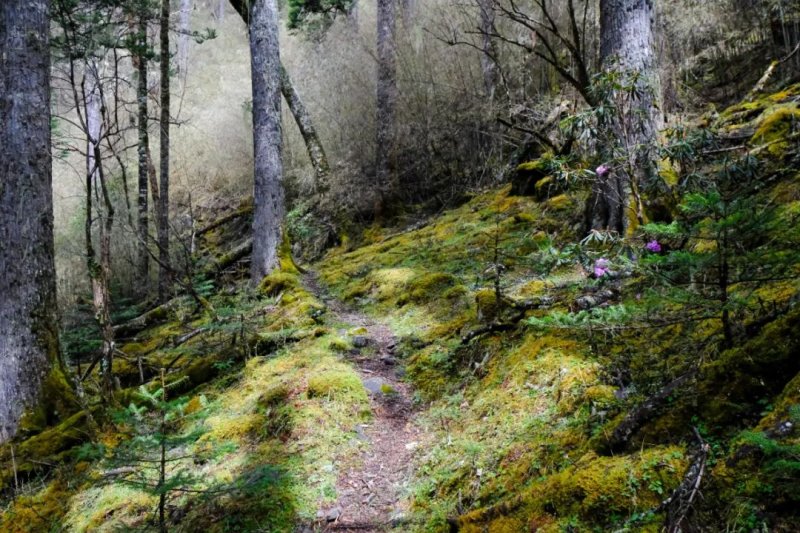
Niru is a smaller village with a less developed tourist economy. As for lodging, it's advisable to inquire availability in Shangri-la town.
READ: Get Lost in Kunming: Yunnan's Underrated Capital City
Images: CloudBridge Media by Design, Unsplash

